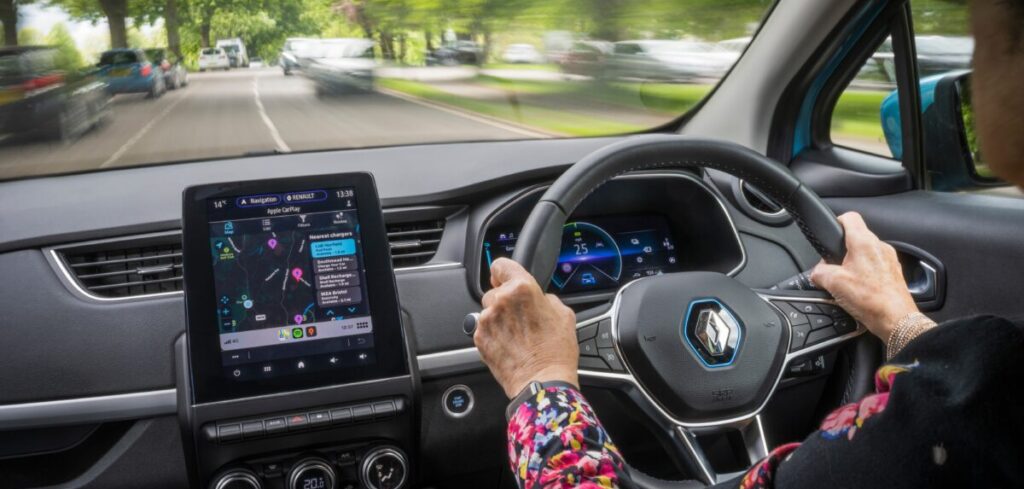Zap-Map, the UK-based electric vehicle mapping service, can now be used through Apple CarPlay via a new subscription service, which will provide enhanced features including in-car support, with Android Auto support to follow.
According to the company, the need for a sophisticated mapping service to support new and existing EV drivers is more important than ever. For the past seven years, the Zap-Map app has supported many thousands of EV drivers navigating the public charging network. The new service provides features in addition to the app’s core search, plan and pay services, which remain free, and is targeted at drivers who regularly use the public charging network, enabling people to save time while out and about. There are now two advanced options: Zap-Map Plus and Zap-Map Premium.
Zap-Map Plus helps drivers plan quicker. Drivers will be able to use enhanced options to filter by new charge points, multiple locations, user ratings and more detailed location types. Zap-Map Plus also enables EV drivers to view new chargers installed in the last 30 days, save more user filters and route plans, and add multiple vehicles. By popular demand, the Plus option will enable subscribers to view what3words locations for charge points and experience the app ad-free. Zap-Map Plus is available at £2.49 (US$3.50) per month for an annual plan.
In addition to receiving all the Plus features, Zap-Map Premium subscribers can use the app within the in-car dashboard, via Apple CarPlay (with the company stating that Android Auto will be available soon). This means users can locate suitable charge points, view live charge point status, and access route plans while on the move.
Melanie Shufflebotham, Zap-Map’s co-founder and chief operating officer, said, “Electric vehicles are on the cusp of going mainstream and Zap-Map is on hand to show people the way. Our new service is built for everyone; from total beginners to experienced ‘EV heads’. We spent many months listening to our users and creating a unique platform which responds to what people really need when driving their EV and accessing the public charging networks.”



